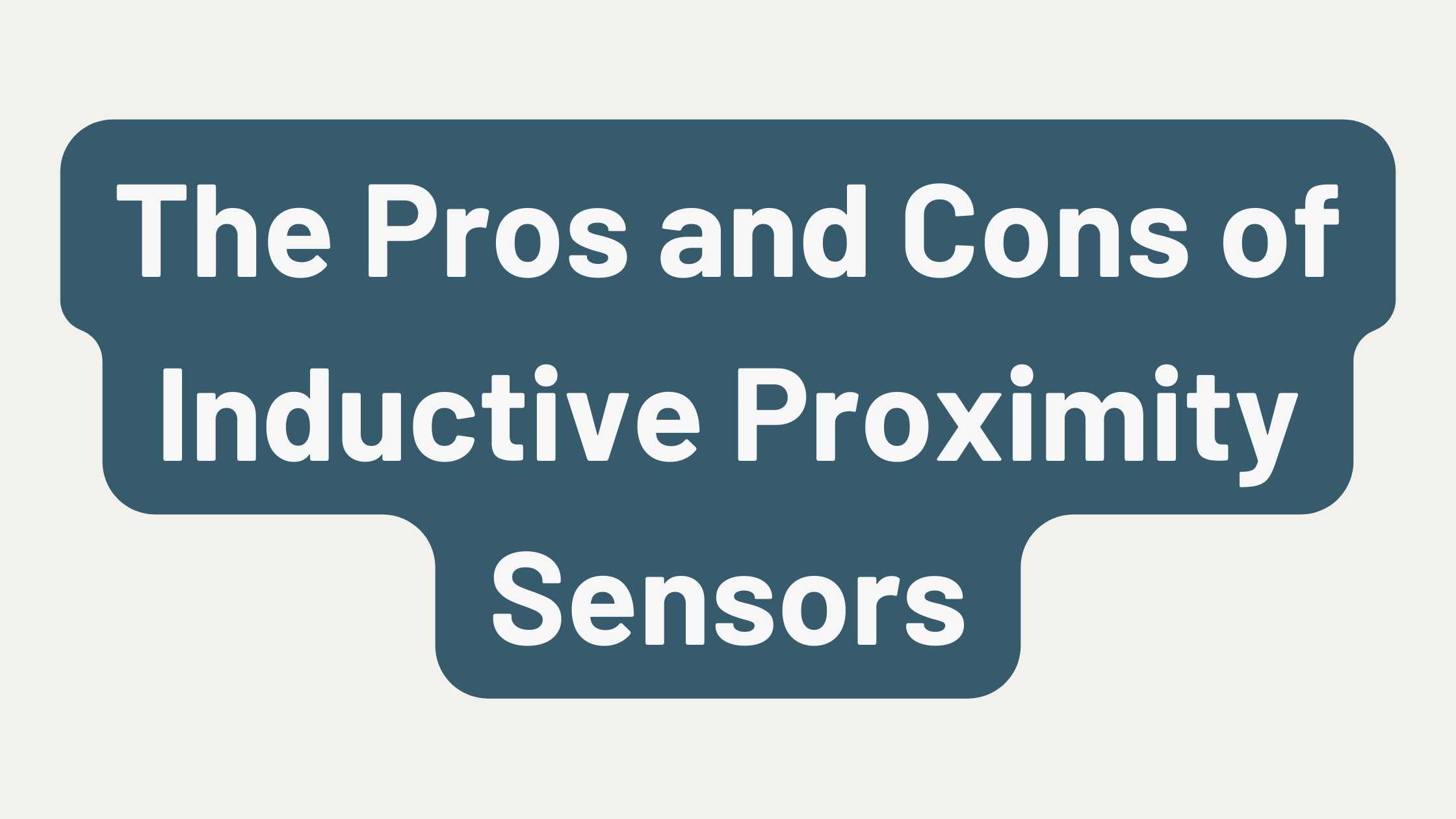
The Pros and Cons of Inductive Proximity Sensors
Automation and control systems play a part in countless sectors across the world, many that you might even find quite surprising. For example, while you might rightly assume they are used primarily in manufacturing, they are also used in everything from theme park attractions to medical diagnostics devices. Inductive proximity sensors are pivotal components in these systems.
What are Inductive Proximity Sensors?
Inductive proximity sensors can detect metal targets without physical contact, making them essential in most industrial applications. In practice, they operate using a wound iron core that senses an object entering a set range to activate the sensor. Inductive proximity sensors are broadly classified into three types: high-frequency oscillation, magnetic, and capacitance types, each functioning on unique principles like electromagnetic induction and changes in capacitance.
These sensors operate on two key principles: Faraday’s Law of induction, where eddy currents are produced in a conductor placed in a magnetic field, and Lenz’s Law, where these currents generate a magnetic field opposing the cause of the initial field. They are highly regarded for their role in enhancing efficiency, safety, and accuracy in tool presses and other automated facilities.
Pros of Inductive Proximity Sensors
Environmental Durability – They can withstand harsh environmental conditions, making them suitable for demanding industrial settings both indoors and outdoors in a range of demanding weather conditions.
Longevity – Inductive sensors have a longer lifespan, reducing the need for frequent replacements.
Ease of Installation – Their installation process is largely uncomplicated, allowing for fast integration into new and existing systems.
Predictable Performance – They offer very predictable results, ensuring reliable operations.
High Switching Rate – These sensors are capable of a higher switching rate, beneficial for fast-paced processes.
Cost-Effectiveness – They are more affordable compared to other types of sensors and offer reliability that curbs future repair costs.
Efficiency – Inductive proximity sensors reduce setup times and automate changes in moulding tools, enhancing overall production speed.
Accuracy – Known for their extreme accuracy, they minimize production failures and potential damage to tools.
Cons of Inductive Proximity Sensors
Sensing Range Limitations – The sensing range is dependent on the metal type, its shape, size, and the coil size used in the design, which may limit its sensing distance.
Material Specificity – They are limited to detecting metallic targets only.
Material Dependency – The operating distance is strictly linked to the material’s nature, affecting sensor performance in varying conditions.
The Most Practical Solution
When compared to alternatives such as capacitive proximity sensors and magnetic proximity sensors, inductive proximity sensors offer a balance of efficiency, reliability, and cost-effectiveness, making them a solid choice for various applications despite some limitations.
Their ability to perform accurately in harsh environments, combined with their longevity and ease of installation, outweighs their limitations like sensing range and material specificity. As is true with all types of proximity sensors, however, there are several variables to consider when choosing a sensor, such as IP rating, response time, installation type and switching frequency/output.






